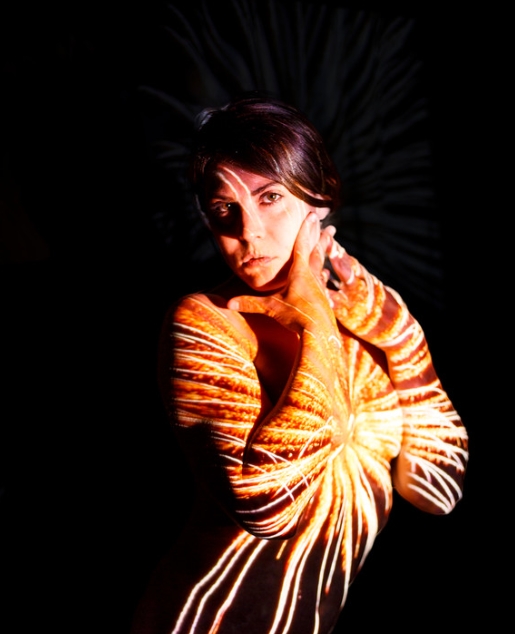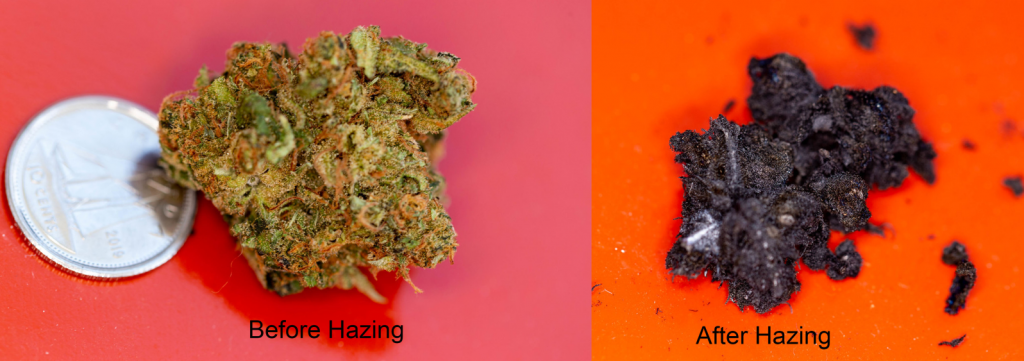By now most people know what quantum physics is generally about: The ability of particles to be in multiple places simultaneously (superposition), but to instantly adopt a single location when observed. True creativity, remaking how we think about something, requires the creative be able to hold multiple inconsistent positions simultaneously, lining up concepts and comparing them against a host of possible futures and outcomes.
I know. It sounds like your brain won’t work right that way, but for creativity it does. Let’s reframe this and look at it from the perspective of a young child opening a birthday gift. It’s so exciting! From the parent’s perspective, it is just a big box with an amazing toy in it. From the child’s perspective, it is so much more. The child holds the concepts “the box is for holding the toy” and “the box is the toy” simultaneously — and as every parent knows, it is a toss-up whether a toddler will play with the “real” toy first or the “box” toy. The box is in two states at once (finally a discussion about quantum states involving a box without a potentially doomed cat in it!).
Now let’s look at a real life example from my own catalogue of inventions (this one was never the subject of a patent application): Projected light photography I was doing a presentation on innovation to a group of children at Renaissance Weekend when somebody walked in front of the projector while an image was showing. I was still presenting, so I now looked at the projector as a tool for communications and a new thing: a possible way to create cool images.


I’ve long said that democracy was one of the greatest inventions in history. Looking at the American Revolution and drafting of the Declaration of Independence, it was clear that Americans held enormous disdain for the monarchy. There isn’t much ambiguity in saying “The history of the present King of Great Britain is a history of repeated injuries and usurpations, all having in direct object the establishment of an absolute Tyranny over these States.”
When it came time to write the Constitution, however, the benefits of having an executive were able to overcome the fears that a future President would act as an autocratic king. Most significant powers (declaring war, regulating commerce with other nations, etc.) were reserved to Congress, but the executive was nonetheless created and vested with significant authority. The founders simultaneously held the concepts of executive as tyrant and the executive as a benevolent leader, and attempted to craft a document that would cabin the worst impulses of an executive while reaping the benefits of having a single executive.
Another example comes from my Helium Haze Vaporizer invention. The original concept was that you could vaporize plant matter at a very high temperature — higher than the ignition point for plant matter. Early prototypes reached well over 500 degrees C, although the industrial design process and user safety ultimately reduced the temperature cap to around 300 degrees C (572 degrees F). What was remarkable about the process is that it left a carbon skeleton of whatever plant matter you put in, as shown below.

During the invention and prototyping process, I held the concept of an oxygen-free atmosphere as key to vaporization in my head — but not to the exclusion of other thoughts. I came up with all kinds of bad ideas for how to exploit an oxygen-free atmosphere (hey, when you have a giant argon, nitrogen or helium tank in your workshop, it’s hard not to think about it). Buried amid the silly ideas was a great one. Well, two great ones actually. The first was to have an oxygen-free food storage device (like a refrigerator) where you wouldn’t need to worry about food changing color due to oxidation. I never tried that one out.
The second idea, though, was a great one: cooking in an oxygen free atmosphere. Not only cooking in general, but specifically deep frying in healthier oils. It turns out that most healthy oils (olive oil and MCT oil for example) have piteously low smoke points. Except they don’t need to have them — those smoke points are because of oxygen. Get rid of oxygen and you can deep fry in oils that would normally billow smoke (fair notice: I’m patent pending on this, but if you’re interested would be happy to joint venture on rolling it out). I created a prototype, poured in some medical grade MCT oil (I have CPT2 deficiency, and in BC Canada I get that for free), added some potato slices and within a few minutes I was (probably the first person to enjoy) eating MCT-fried potatoes.
The key to that whole process was holding the concept of heat plus non-oxygenated gas as capable of multiple things — i.e. thinking about it in multiple states simultaneously.
The next time somebody tells you “when all you have is a hammer, everything is a nail”, don’t believe them. A hammer is much more than just a way to hit nails. While it sits in your toolbox, it is simultaneously a paperweight, a defensive weapon, a meat tenderizer, a life-saving car window breaking device, a prop for a video, a piece of metal you can use to test if another piece of metal is magnetized, a quick way to cool off a liquid (putting a large, cold piece of metal into a liquid will cool the liquid), and hundreds of other things.
Everything — and everybody — is more than one thing at once. Don’t let things fall into restricted use cases without a very good reason. As long as you see the world as a collection of things capable of many uses, you’ll find far fewer limits on what you can create.

Pingback: The Imposter Superpower.
Pingback: AI Copyright and the Future of Authorship
Pingback: Copyright: Can You Own God's Words?
Pingback: How a Patent Can Boost Your College or Grad School Application
Pingback: 10 Parenting Mistakes That Stifle Kids’ Creativity
Pingback: How to Supercharge Your Innovation Sessions
Pingback: Harness Your Imagination: Why Anyone Can Become an Inventor
Pingback: ADHD and Innovation: Impulsivity at Intellectual Ventures Lab
Pingback: Reclaiming the Childlike Superpower of Boundless Creativity (Part 1)
Pingback: Cultivating Wonder: How Childlike Curiosity Sparks Innovation (Part 2)